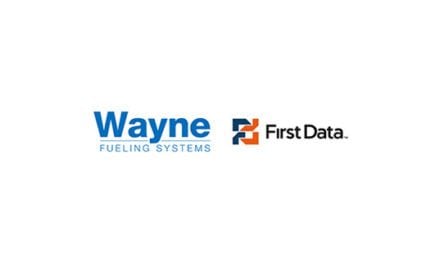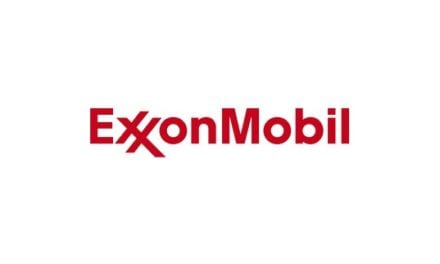Underlying President Obama’s commitment for the United States to reduce greenhouse gas emissions by 26 to 28 percent by 2025 at the COP21 climate convention in Paris, are reductions in emissions from power plants as well as advancements in vehicle fuel efficiency and the increased use of renewable fuels. Clean diesel technology will be a key aspect of the strategy to help achieve not only these commitments but also carbon reductions from other nations, according to Allen Schaeffer, the Executive Director of the Diesel Technology Forum.
“We don’t need to wait for diesel technology to significantly reduce C02 emissions,” Schaeffer said. “Diesel powered equipment in the field right now and diesel vehicles on the road today deliver substantial greenhouse gas reductions and air quality benefits.
“Leaders from around the world meeting at COP21 this week are making commitments to reduce carbon emissions, which will require proven technologies – ones that can feed a growing population, enhance economic development and opportunity and improve personal mobility in all parts of the world. To achieve these objectives will require greater implementation of proven and available technology, like the newest generation of diesel engines.
“Diesel engines have emerged as the fuel-efficient technology of choice for many decades of doing the business of the global economy, with diesel engines and fuel moving the overwhelming majority of people and goods in every corner of the world.
“While fully half of the U.S. climate commitment relies on emissions cuts from power plants, the second leading strategy is reducing carbon dioxide emissions from passenger and commercial vehicles. Here, more efficient and lower-emissions technologies such as clean diesel must play a more significant role if the U.S. is to achieve its reductions in the timeframe outlined under the commitment.
“While there is ongoing demonstration and exploration of alternative fuels in niche applications, diesel is expected to remain the predominant powertrain in commercial vehicles for several decades to come. In the U.S., since 2007 the introduction of 1.9 million of the newest generation of clean diesel commercial trucks has already resulted in savings of 9 million tonnes of CO2, 880 million gallons of diesel, 21 million barrels of crude oil, 1.45 million tonnes of NOx, and 39,500 tonnes of particulate matter (PM). These results demonstrate why clean diesel will be a key player helping the U.S. and many other nations achieve their climate commitments.
“Beyond commercial trucks, diesel engines are also the primary technology for building transportation and public infrastructure and the power behind most farm tractors and machines that help feed the world.
“Light-duty passenger vehicles are also achieving significant fuel savings that will greatly contribute to greenhouse gas emissions reductions in the U.S. While diesel passenger vehicles represent a small share of the U.S. market today, these vehicles reduced carbon dioxide emissions by over nine million tonnes while saving 36 million barrels of crude oil between 2005 and 2014.
“As consumer interest in diesel passenger vehicles expand, equally impressive reductions in carbon dioxide emissions and petroleum consumption are anticipated. In fact, the Obama Administration, in its ‘All of the Above Energy Strategy’ attributes a share of the anticipated reduction in fuel use to a share of consumers switching from gasoline to diesel vehicles.
Clean Diesel Technology Can Benefit All Nations with Access to Cleaner Diesel Fuel
“Diesel will be a key technology to meet the U.S. climate commitment. But diesel’s role in helping to reduce greenhouse gas emissions is not just limited to the U.S. Other nations can introduce new and newer diesel engines and machines to significantly save fuel and reduce greenhouse gas emissions. However, these benefits are only achievable when operating with clean diesel fuel with near zero levels of sulfur.
“Ultra-low sulfur diesel fuel (ULSD) with a sulfur content of 15 parts per million or less has been the standard in the U.S. since 2006, with similar standards in a growing number of other nations. The United Nations Environment Programme (UNEP) and its Climate and Clean Air Coalition is working to advance cleaner fuel policies around the globe. The immediate benefits of cleaner fuel include a 10 percent reduction in particle emissions from existing engines and even greater reductions from newer technology engines. ULSD availability is paramount to strategies to reduce soot or black carbon emissions from existing diesel engines of all sizes.
“Thankfully, new technology diesel engines have reduced diesel’s share of black carbon emissions to near zero levels helping to substantially contribute to slowing the warming of the planet.
Renewable and Biodiesel Fuels Can Reduce Carbon Emissions by Over 50%
“One of the next chapters in the clean diesel story is already emerging through the use of high quality renewable biofuels. In the U.S., first and second generation bio-based diesel fuels are growing in supply to over 1 billion gallons last year, and have the further potential to reduce greenhouse gas emissions. Both biodiesel and renewable diesel fuel are considered advanced biofuels by the U.S. Environmental Protection Agency, capable of delivering at least a 50 percent reduction in carbon emissions. Cities like San Francisco and Oakland California have converted their entire public fleets to run on renewable diesel fuel, reducing CO2 emissions by over 80 percent virtually overnight,” Schaeffer said.








